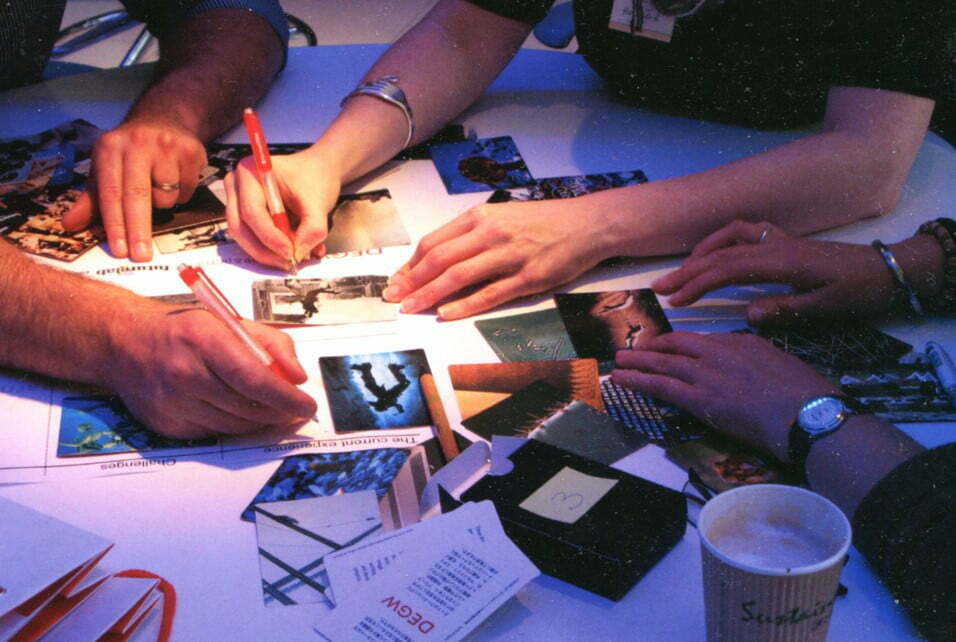The forthcoming book Integrative Briefing for Better Design describes the complexity of developing integrated built environment projects and programs in a fast-changing world. The co-authors outline the key themes and motivations of the book and invite members of the Parlour community to contribute to a series of guest articles on this ongoing discussion. Parlour will republish a selection of these articles.

Over the past decade we have seen a series of systemic changes as well as an emergence of new challenges. There is a profound change in the way people live, work and learn, which is driven by shifts in technology, societal attitudes towards addressing climate change and responses to geo-political challenges. We are seeing a rise of what could be called the urban age, with more than half of the global population now living in a town or city. Not only are economies more networked, but ubiquitous digitisation has led to blended lifestyles, mixing work and home life. Algorithms trained on big data and real-time data have increasing agency in decision making. And, more recently, the COVID-19 pandemic has given an extra push in transitioning to the new lifestyles where work, learning and living are blurred.
In this changing context, more emphasis is being given to the notion of a circular economy, rethinking the relevance of economic concepts such as GDP, raising greater consciousness about our relationship with the environment, and improving quality of life, health and wellbeing. These new focal points have a substantial impact on our constructed and natural environments, which we call the collective environment. The collective environment brings together the built, natural and cultural.
Moving from a 20th century consumerist society to a 21st century regenerative society, we need a radical shift from thinking and acting in silos. Integrative briefing offers a framework to operate in a collective environment. It takes a systemic view within a collective environment to enable integrative change and meaningful value. This means, cultural, built and natural environments need to be considered together, and an integrated approach to design is needed that connects the spatial, virtual and organisational elements to create a better experience for all.

The forthcoming book Integrative Briefing for Better Design acknowledges the complexity of developing integrated built environment projects and programs in a fast-changing world. It suggests that issues being explored are not isolated areas of interest but part of a complex and uncertain system. Hence, briefing can be perceived as a cyclical iterative process, which recognises interactions within a system and the need for integration between parts of the system that include spatial, organisational and virtual realms.
Integrative briefing offers a framework to operate in the collective environment that is inclusive of the built, natural and cultural. It is a framework for thinking, doing and being.
The first and second editions of Managing the Brief for Better Design by John Worthington (Founder of Global Strategic Agency DEGW) and Alastair Blyth were published in 2001 and 2010.
Integrative Briefing for Better Design, co-authored by Alastair Blyth, Hiral Patel, John Worthington and Fiona Young, is scheduled for publication in early 2024. Themes relating to integrative briefing and design for transformative change have been captured through a series of guest articles on the Integrative Briefing for Better Design website.
Contributions welcome
If you would like to contribute a 500-word guest article to this ongoing discussion, please email Fiona Young.




















